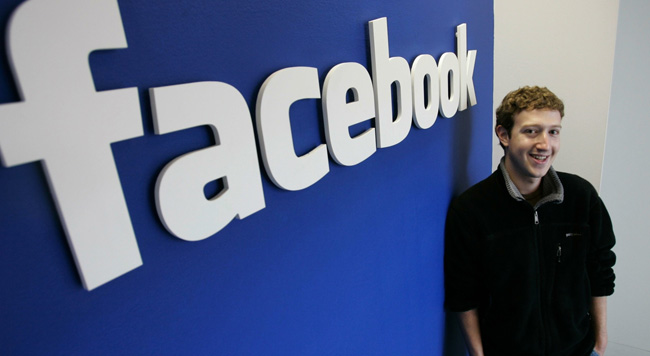 As we all know, Facebook is officially worth $50 billion after an incredibly successful round of funding from Goldman Sachs investors. Moments after, the whispers of “IPO” began. Business Insider is reporting that law professor Adam Pritchard says that due to the Securities and Exchange Act of 1934, rule 12g51(b)(3), the company will legally be required to register as a public company. This law states that companies with more than $10 million in assets and over 499 shareholders must become IPOs – for some purposes.
As we all know, Facebook is officially worth $50 billion after an incredibly successful round of funding from Goldman Sachs investors. Moments after, the whispers of “IPO” began. Business Insider is reporting that law professor Adam Pritchard says that due to the Securities and Exchange Act of 1934, rule 12g51(b)(3), the company will legally be required to register as a public company. This law states that companies with more than $10 million in assets and over 499 shareholders must become IPOs – for some purposes.
Facebook still would not have to be listed on the public market, but it would mean we would all be privileged enough to leaf through its publicly disclosed financial documents and executive staff goings-on. But of course, Facebook and Goldman Sachs thought of all this.
The New York Times points out that the investment firm will be going about this sale in a different manner, creating a “special purpose vehicle” for Facebook. It, reportedly, “may be able to get around such a rule because it would be managed by Goldman and considered just one investor, even though it could conceivably be pooling investments from thousands of clients.” Instead of requiring individuals to buy stock, the firm would purchase it on their behalf.
Pritchard told Business Insider he doesn’t believe this loophole will fly with the SEC. But maybe this course of action is simply the means to giving Facebook a little growing space while it prepares to become a public company, which is a reliable move as investigations can be lengthy.
Opinion largely says that Facebook will become an IPO, and most say it won’t be until 2012. But after years of speculation, it could finally happen.


